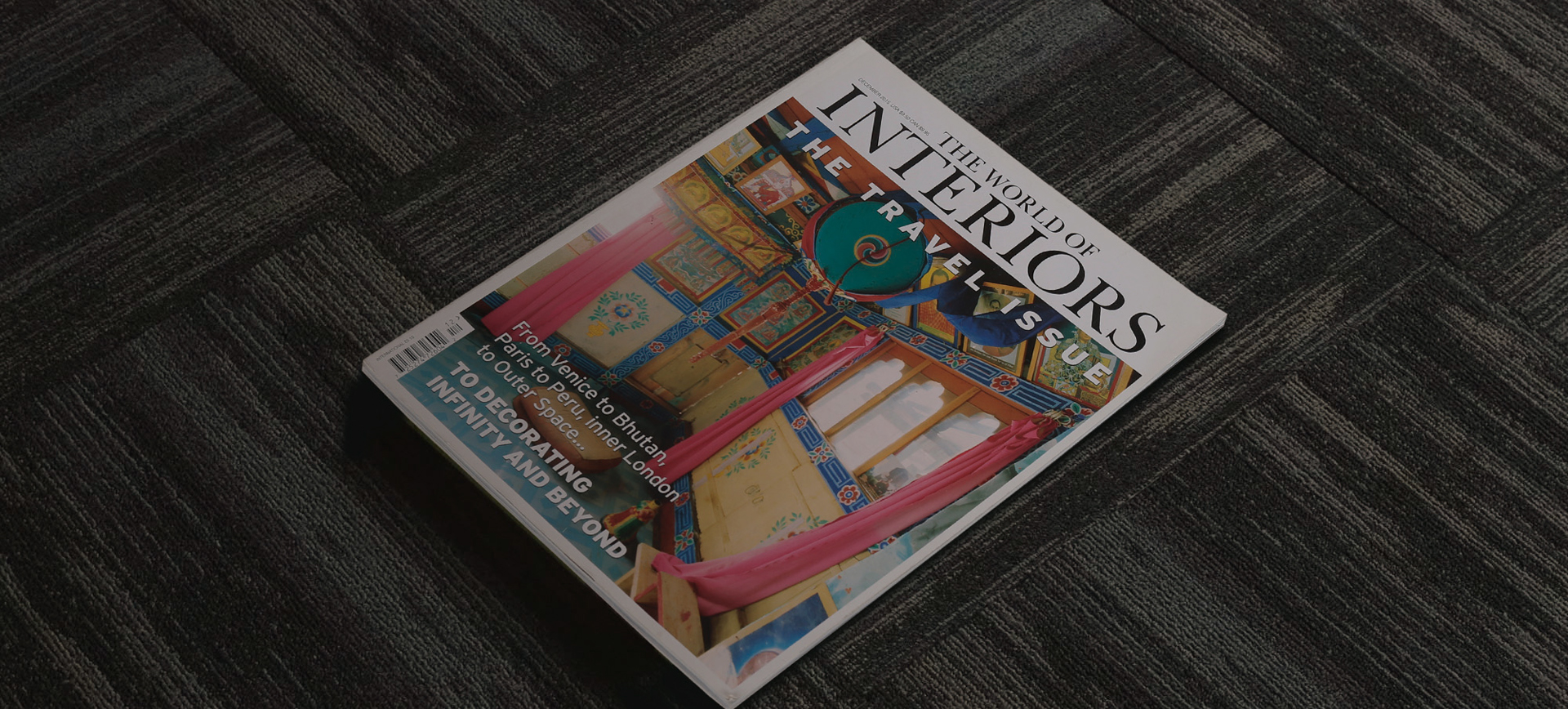Material for blanket material
The carpet is made of high-quality pure wool, and then processed by wool selection, wool washing, combing, dyeing, carpet weaving, cutting, washing and other processes. It has the characteristics of excellent wool quality, unique techniques and elegant patterns, which is unique in the world and is China's main export crafts.
Carpets are floor coverings made from cotton, wool, silk, hemp, coconut or chemical fibers. Includes hand-tufted carpets, machine-made carpets and hand-made felt carpets. In a broad sense, it also includes bedding, seat cushion, wall hanging, tabernacle, saddle pad, door curtain, table blanket and so on. Neolithic people spun yarn from animal hair,
Woven into thick woolen fabrics for flooring. The carpet fragments unearthed from the Eastern Han tombs in China are typical hand-tufted carpets. After the Han Dynasty, the Silk Road promoted carpet production in the Central Plains. In Yuan Dynasty, due to the nomadic life of the Mongolian people, the carpet production was relatively developed, and the court set up carpet workshops. During the Ming and Qing Dynasties, the carpet production in Xinjiang, Tibet, Gansu, Ningxia, Inner Mongolia and other regions developed, and on the basis of inheriting the traditional carpet craft, combined with the characteristics of tapestry and embroidery art, created a unique auspicious carpet pattern, which has been spread. In the 20th century, Beijing and Tianjin established enterprises producing carpets for export and became the key producing areas of carpets in China. The traditional production areas of hand-tufted carpets in the world are concentrated in East Asia, Central Asia and countries at the border of Europe and Asia. Since the British first Brussels carpet loom in 1720, machine-made carpets came into being, and so far machine-made carpets have accounted for 99% of the world's total consumption, and handmade carpets account for only 1%. Carpet classification methods are many, according to the manufacturing process can be divided into hand-tufted carpet, hand-woven plain carpet, hand-tufted carpet, hand-felt carpet, machine-made carpet; There are carpets, kang blankets, wall blankets, prayer blankets, etc. According to raw materials, there are wool carpets, silk carpets, jute carpets, chemical fiber carpets, etc.
Clothing, that is, woven goods laid on the floor. Carpets in China have a long history. As early as 2,000 years ago, carpets were produced in Xinjiang, in western China, and they can be woven into various patterns. Later, the process of carpet weaving was introduced into the Central Plains, and the application was more and more extensive. Bai Juyi, a great poet in the Tang Dynasty, has a famous sentence in his poem "Red Carpet" : "The earth does not know the cold people should be warm, and less people's clothes should be lichens." According to literature records, in the Tang and Song dynasties to the Ming and Qing Dynasties, there were more and more varieties of carpets, which were often made of cotton, wool, hemp and paper rope as raw materials. The woven carpet produced in China uses extremely high strength veil strand yarn as warp and ground weft yarn, and the warp yarn is tied into colored coarse weft yarn according to the pattern to form a pile, and then woven through the process of shearing and brushing. Its front covered with towering plush, solid texture, elasticity and good. In particular, the carpets produced in Hotan, Xinjiang are more precious and have the reputation of "Oriental carpet". The carpets produced there are not only of good quality, but also of large yield.
Also exported to Europe, Central Asia and other more than a dozen countries and regions. Among them, the largest carpet is a 1,250 kg carpet woven by Urumqi Carpet Factory for the New Territory of the Great Hall of the People in 1981, which is praised as the "King of carpets". In 1966, a cotton blanket was unearthed in Lanxi, Zhejiang Province. It was 2.51 meters long and 1.18 meters wide. It was plain weave with two sides raised and was smooth and thick. After identification, the material used is grass cotton fiber. This cotton carpet was woven in the Southern Song Dynasty. This is the earliest cotton blanket ever made. It can be seen that the carpet weaving process had reached a very high level at that time.
At present, Xinjiang has gradually promoted the new carpet ironing process, so that the quality of the carpet has been improved. They developed more than 540 and 720 carpets, exquisite workmanship, with high artistic value.
- Prev:No more!
- Next:Origin of carpet


